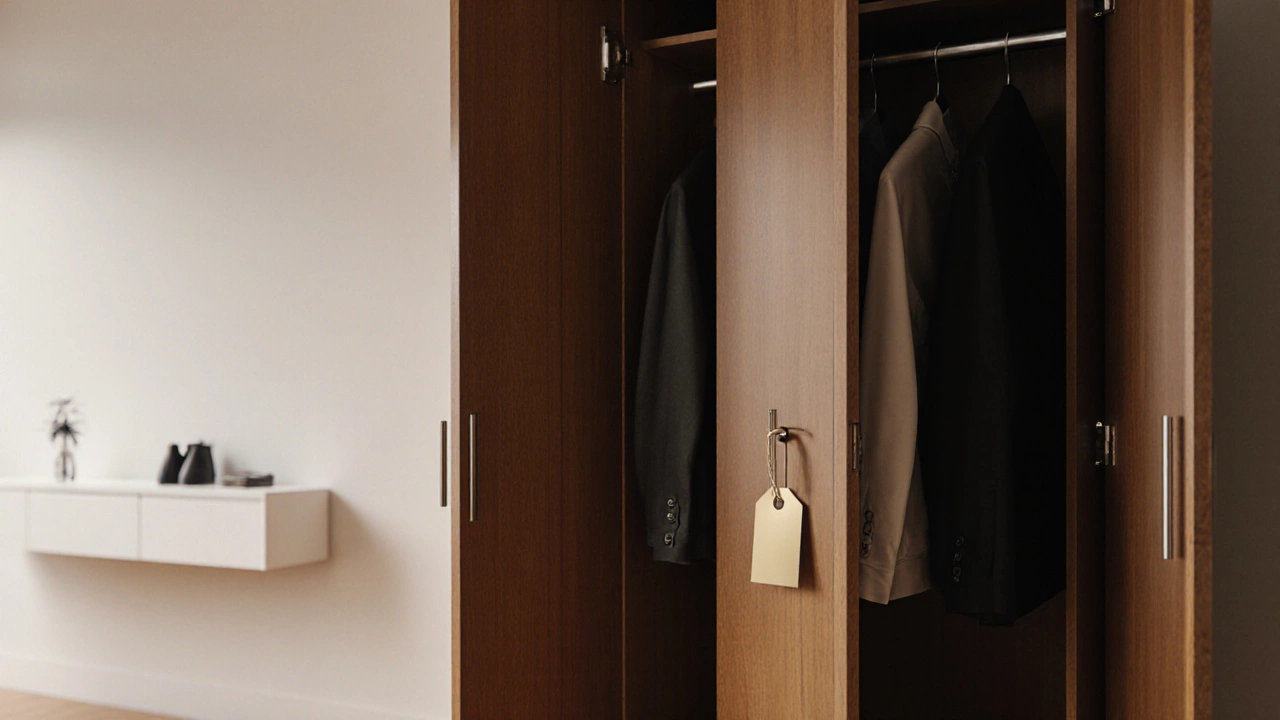
Why Are Wardrobes So Expensive? Uncover the Real Cost Drivers
Discover why wardrobes carry high price tags. Learn how materials, hardware, customization, and logistics affect cost, and get tips to save money without compromising quality.
When budgeting for a wardrobe price, the amount you spend on a wardrobe depends on size, material, design, and brand reputation. Also known as wardrobe cost, it directly affects how you plan a bedroom makeover. The same concept applies to a wardrobe, a freestanding storage unit for clothing and accessories or its close cousin, the armoire, a tall, often ornate piece that combines hanging space with shelves. Understanding these relationships helps you compare a closet, built‑in or modular storage built into a wall with a standalone wardrobe, and decide which fits your budget best.
First, material is a major driver. Solid wood, such as oak or walnut, commands a premium because of durability and grain aesthetics. Engineered wood or MDF with veneer looks good for less, but may age faster under heavy use. Second, size matters: a narrow half‑width wardrobe costs far less than a full‑length, double‑door unit with built‑in drawers. Third, the design complexity—glass doors, custom hardware, or integrated lighting—adds labor and material expenses. Fourth, brand and origin influence price; UK‑made pieces often carry higher labor costs than imported knock‑offs. Finally, distribution channel (retail store, online marketplace, or direct from manufacturer) can affect the final number you see on the invoice.
These attributes form a clear semantic chain: wardrobe price encompasses material cost, size, design, brand, and channel. At the same time, material influences wardrobe price, while size requires larger footprints and higher price. By breaking down each component, you can pinpoint where to save—maybe choose a sturdy MDF core instead of solid oak, or opt for a simpler door design while keeping the overall look clean.
Another angle is the functional comparison between wardrobes, armoires, and closets. A wardrobe usually offers a mix of hanging rails and shelves, making it versatile for everyday wear. An armoire often adds a decorative element and may include a mirror, but its extra flair can spike the price by 15‑30 %. Closets, especially built‑in systems, tend to be the most expensive because of custom framing and installation labor, yet they maximize floor space. Knowing these trade‑offs lets you match the right storage type to your room’s layout and your wallet.
Beyond the core cost drivers, consider long‑term value. A well‑crafted wooden wardrobe might cost more upfront, but its durability can outlast cheaper alternatives, saving you replacement costs in the future. Conversely, a budget‑friendly MDF piece can serve well for a few years in a student dorm before you need an upgrade. Factoring in lifespan and maintenance needs turns the price conversation into a total‑cost‑of‑ownership discussion.
All of these points set the stage for the articles below. You'll find a mix of practical buying guides, design tips, and price‑comparison breakdowns that walk you through everything from choosing the right material to spotting hidden fees when ordering online. Dive in to see how each factor plays out in real‑world examples and get the confidence to pick a wardrobe, armoire, or closet that fits both your style and your budget.

Discover why wardrobes carry high price tags. Learn how materials, hardware, customization, and logistics affect cost, and get tips to save money without compromising quality.